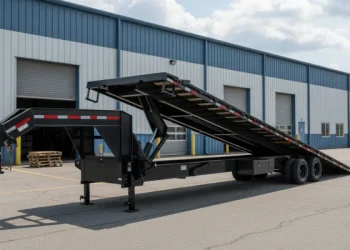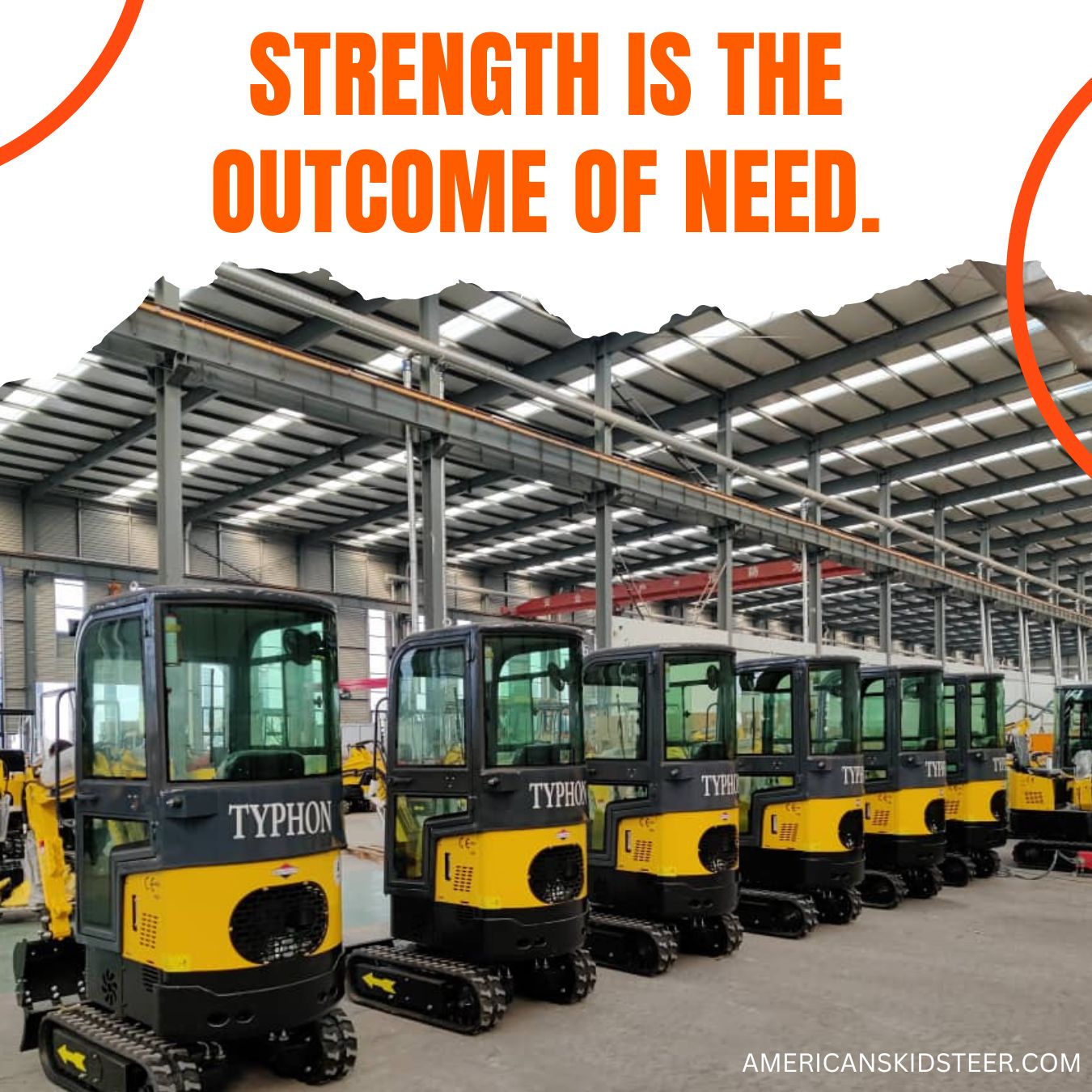The global heavy construction equipment market is on the rise, driven by the increasing pace of urbanization and substantial investments in infrastructure development. According to a comprehensive report by Verified Market Research, based in Lewes, Delaware, the market is poised to expand at a compound annual growth rate (CAGR) of 6.81 percent from 2024 to 2031. The 202-page report titled “Global Heavy Construction Equipment Market Size” projects that the market, currently valued at $140.1 billion, will soar to $253.5 billion by the end of the forecast period.
Key Drivers of Growth
The primary factors propelling this market growth include the rapid urbanization taking place in regions like Asia and Africa, coupled with an increasing demand for advanced, efficient construction machinery. Verified Market Research emphasizes that as cities expand, the demand for robust infrastructure also grows, leading to heightened construction activities. This, in turn, boosts the sales of heavy construction equipment such as excavators, material handlers, and wheel loaders.
The report notes:
“The demand for sophisticated machinery is driven by the increasing necessity for robust infrastructure as cities expand. This urban expansion accelerates construction activities, resulting in increased sales and investments in heavy construction equipment.”
Government spending on public works projects, energy security, and transportation infrastructure further fuels the demand for heavy machinery. Such investments ensure that equipment manufacturers and suppliers continue to enjoy lucrative opportunities, contributing to sustained market growth.
Geographical Dominance and Major Players
The current heavy construction equipment market is dominated by regions with strong corporate and manufacturing bases, particularly in North America, Europe, and parts of the Asia-Pacific region. Key players who hold significant market share in these regions include global giants such as:
- Deere & Co. (United States)
- Terex Corp. (United States)
- Hyundai Construction Equipment Co. Ltd. (Asia)
- SANY Group (Asia)
- JCB (Europe)
- AB Volvo (Europe)
- CNH Industrial (Europe)
These companies are set to play pivotal roles in shaping the future of the sector, leveraging their strengths to innovate and meet the growing demand for heavy construction machinery. The report highlights financial statements, product benchmarking, and SWOT analyses for these major players, offering a deep dive into their strategic positioning in the market.
Challenges and Concerns
Despite the optimism, the heavy construction equipment sector is not without challenges. One significant hurdle is the high capital requirement for purchasing and maintaining sophisticated machinery, which can deter potential buyers from fully embracing automation. These steep acquisition costs, combined with operational expenses, may limit the market’s growth potential.
In addition, stringent environmental regulations worldwide impose extra burdens on manufacturers, who must invest in costly upgrades and modifications to ensure compliance. These regulatory requirements can squeeze profit margins, leading to higher operational costs that may ultimately be passed on to consumers.
Moreover, the volatility of raw material prices—such as those for steel, aluminum, and other critical metals—poses another obstacle. Equipment manufacturers are vulnerable to fluctuations in material costs, which can complicate budgeting and financial planning, affecting both producers and consumers alike.
The Role of Innovation and Automation
Looking ahead, innovation and the adoption of automated machinery are expected to shape the future of the heavy construction equipment market. As more companies invest in research and development, advancements in technology will likely result in more efficient, eco-friendly equipment. Automation can lead to reduced labor costs, enhanced productivity, and increased safety on construction sites. However, as noted, the high initial investment may slow the pace of adoption for smaller companies.
Nevertheless, larger players in the market are expected to continue pushing the envelope, offering cutting-edge solutions that meet the growing needs of infrastructure development in expanding cities around the world.
Conclusion: A Promising Future for Heavy Construction Equipment
The heavy construction equipment market is poised for significant growth in the coming years, driven by rapid urbanization and global infrastructure spending. While challenges such as high capital costs and environmental regulations persist, the market’s expansion is supported by innovation, government investments, and the strategic positioning of major players. As cities across the world continue to expand, the need for robust infrastructure will sustain the demand for heavy construction machinery, paving the way for a bright future in the sector.






